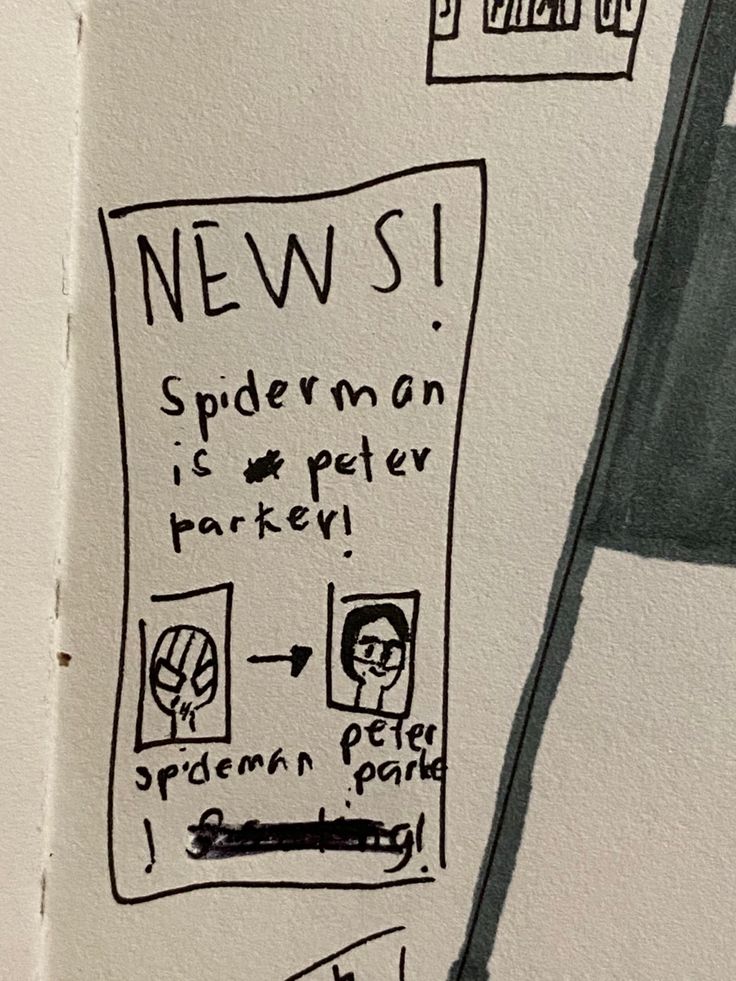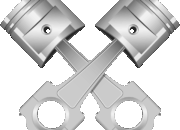In the vibrant tapestry of the Marvel Universe, few characters epitomize the duality of ordinary life and extraordinary abilities as effectively as Peter Parker, also known as Spider-Man. While his superlative acrobatics and remarkable webslinging skills captivate audiences, his academic prowess as an engineer remains a lesser-discussed yet equally fascinating facet of his identity. This exploration delves into the realms of engineering that Peter Parker embodies, offering an intriguing interpretation that intertwines his heroics with the rigorous demands of engineering disciplines.
When considering Peter Parker’s academic background, several key areas emerge that paint a multifaceted picture of his engineering inclination. Primarily, his concentration in electrical engineering provides a profound glimpse into the innate synergy between technology and heroism. Electrical engineering, at its core, encompasses the study of electrical systems, circuits, and electromagnetism, all of which resonate with Spider-Man’s reliance on technology and his innovative use of it in combat and his daily life.
As the narrative unfolds, it is imperative to explore the analogical resonance between electrical engineering and Peter Parker’s abilities. The intricate webs he weaves can be likened to complex circuitry—each strand meticulously crafted, serving both structural integrity and functional purpose. This metaphor not only accentuates the artistry inherent in engineering but also highlights Parker’s creative genius. His ingenuity in crafting web-shooters, devices that mimic the organic web production of arachnids, exemplifies a profound understanding of mechanics, materials science, and biomechanics. In this regard, Parker emerges as a modern-day Daedalus, merging the realms of art and science to forge instruments of both beauty and utility.
Further examination reveals another crucial component of Parker’s studies—mechanical engineering. The principles of mechanics underpin virtually every movement Peter makes as Spider-Man, blending an understanding of forces, motion, and energy transfer. Each swing through New York City is a calculated ballet, skillfully employing principles of physics and engineering. The parabolic arcs he traces can be construed as a real-world application of kinematics, demonstrating how mathematical principles govern the elegance of his acrobatics.
Moreover, the concept of structural engineering resonates profoundly with the environments Parker navigates. The urban landscape that serves as his battleground—skyscrapers, bridges, and rooftops—highlights the significance of structural integrity. As Spider-Man traverses these man-made wonders, one might argue that he embodies the very spirit of the engineer: a creator who respects the delicate balance between human ingenuity and the natural world. This intertwining of structural awareness with his carefree agility creates a compelling juxtaposition, showcasing Parker’s innate engineering instincts.
However, Parker’s engineering acumen transcends the boundaries of conventional mechanics into the fascinating realm of robotics and automation. His creation of the spider-bots—tiny, agile bots that mimic the abilities of spiders—demonstrates a deeper understanding of robotics and programming. These devices are not merely tools but extensions of his intellect, capable of conducting reconnaissance and executing tasks autonomously. This aspect underscores a burgeoning intersection between engineering and artificial intelligence, propelling Parker into a futuristic vista where innovation knows no bounds. His foresight mirrors that of modern engineers who seek to harness the potential of robotics to enhance everyday life, further embedding him into the fabric of engineering ingenuity.
Moreover, the underlying themes of ethics and responsibility in engineering ethics resonate brilliantly with Parker’s narrative. The oft-cited axiom, “With great power comes great responsibility,” can be significantly contextualized within the framework of engineering practices. Just as engineers bear the weight of their creations on society—decisions that can impact safety, environmental sustainability, and ethical implications—Peter Parker’s journey serves as a poignant reminder of the ethical dimensions that accompany technological advancement. His heroic endeavors evoke reflections on the potential hazards and moral responsibilities that engineers must navigate, particularly in a world increasingly driven by technological innovation.
As we further elucidate the persona of Peter Parker, it becomes apparent that his dual existence symbolizes the quintessential modern engineer—one who is not solely confined to theoretical knowledge but actively engages in the practical application of engineering principles to address real-world challenges. The synthesis of various engineering disciplines within his character provides an expansive framework for understanding not only his capabilities as Spider-Man but also the overarching theme of innovation that pervades his journey.
In conclusion, the multifaceted identity of Peter Parker exemplifies the intricate interplay between engineering and heroism. As an electrical engineer, mechanical strategist, robotic innovator, and ethical philosopher, he stands as a testament to the potential of human ingenuity. His character challenges the conventional narrative, inspiring a generation that seeks to redefine the boundaries of what it means to be an engineer. Thus, as Spider-Man swings through the concrete jungles of New York, he does so not only as a superhero but as a beacon of engineering excellence—a true paragon of innovation and responsibility within the marvelously complex world he inhabits.








